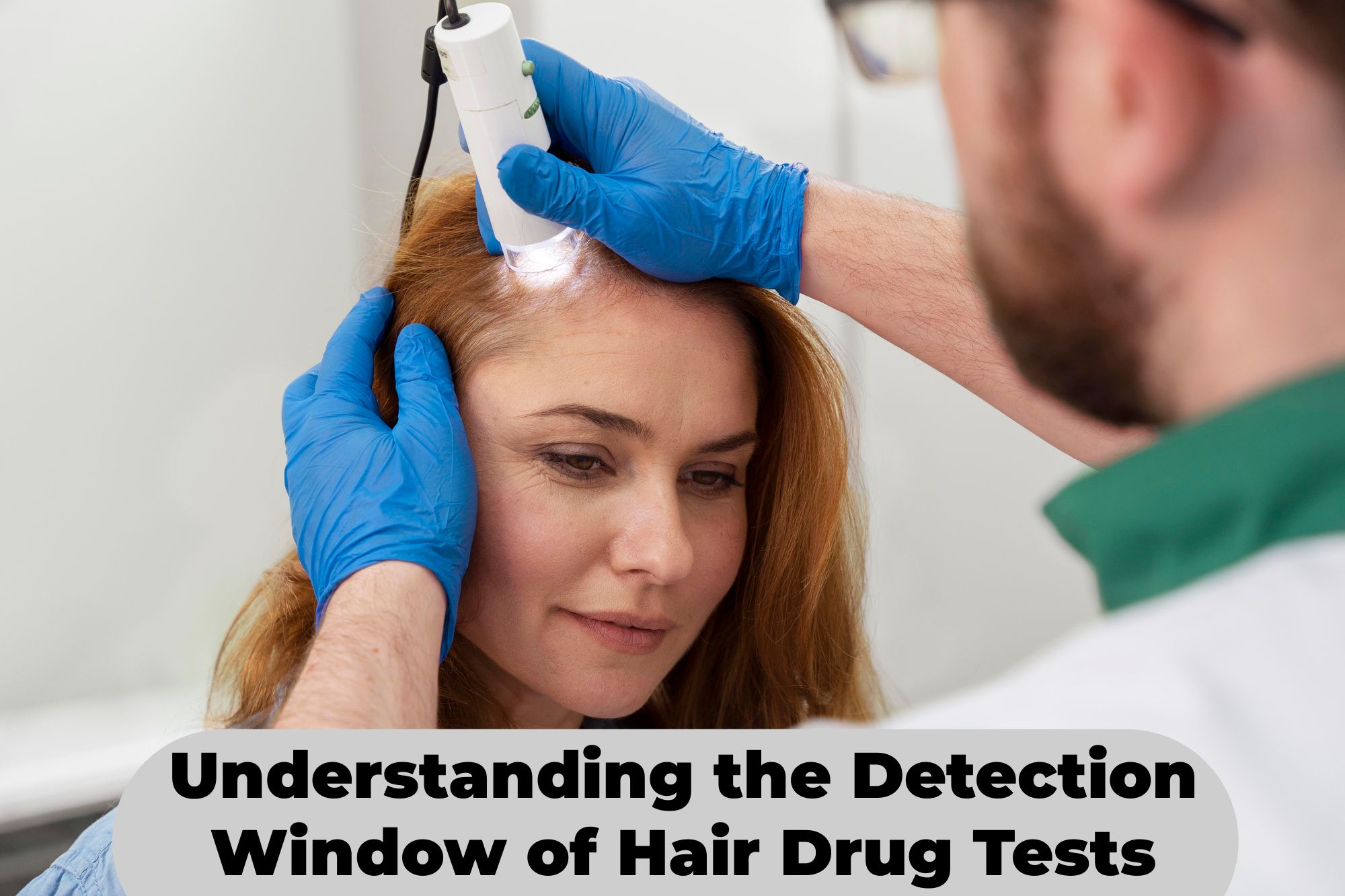Hair Test for Weed: A Comprehensive Guide to Understanding and Passing
Last Updated on July 4, 2023 by Lily
As the use of cannabis becomes more widespread, employers and organizations have begun implementing drug testing policies to ensure a safe and drug-free environment. Among the various methods of drug testing, hair testing has gained popularity due to its longer detection window compared to urine or saliva tests. In this article, we will delve into the details of hair testing for weed, including its procedure, detection times, and strategies to pass the test.
What is Hair Testing?
Hair testing is a method used to detect the presence of drugs or their metabolites in a person’s hair follicles. Unlike urine or saliva tests that detect recent drug use, hair testing provides a historical record of drug use over a longer period. This makes it a preferred choice for employers or organizations looking for a more comprehensive assessment.
How Does Hair Testing for Weed Work?
When a person consumes cannabis, the active compounds known as cannabinoids, such as THC (tetrahydrocannabinol), are metabolized in the body. These metabolites circulate through the bloodstream and eventually reach the hair follicles. As the hair grows, the metabolites become trapped within the hair shaft, providing a timeline of drug use.
During a hair test for weed, a small sample of hair is collected from the individual’s scalp or body. The hair is then sent to a laboratory where it undergoes a series of chemical processes to extract the metabolites. Advanced analytical techniques like gas chromatography-mass spectrometry (GC-MS) or liquid chromatography-tandem mass spectrometry (LC-MS/MS) are employed to identify and quantify the presence of cannabinoids.
Detection Times for Weed in Hair:
One of the significant advantages of hair testing is its ability to detect cannabis use over a longer period. While urine or saliva tests can only detect recent use (typically up to a few days), hair testing can detect drug use for up to 90 days or even longer in some cases. However, it’s worth noting that the detection window may vary depending on factors such as hair growth rate and the frequency of drug use.
Factors Affecting Hair Test Results:
Several factors can affect the accuracy and reliability of hair test results for weed:
Hair Color and Type: Darker hair colors, such as black or brown, tend to retain more drug metabolites compared to lighter hair colors like blonde or red. Coarse hair also has a higher chance of retaining metabolites than fine hair.
Drug Usage Patterns: Regular and heavy cannabis use is more likely to result in higher concentrations of metabolites in the hair. However, occasional or passive exposure to marijuana smoke is less likely to produce detectable levels.
Bleaching or Dyeing: Chemical treatments like bleaching or dyeing can potentially affect the test results. While these treatments may not completely eliminate drug metabolites, they can alter the concentration and distribution within the hair shaft.
Tips to Pass a Hair Test for Weed:
If you have recently used cannabis and are facing a hair test, you may be concerned about the outcome. While there is no foolproof method to guarantee a negative result, the following strategies may help increase your chances of passing:
Abstinence: The most effective way to pass a hair test for weed is to abstain from using cannabis. By stopping drug use and allowing the hair to grow out, you can minimize the chances of detection.
Detoxification Shampoos: Some specialized shampoos claim to remove drug metabolites from the hair shaft. These shampoos work by stripping the outer layer of the hair, potentially reducing the concentration of metabolites. However, their effectiveness is debated, and results may vary.
Hair Detoxification Treatments: Certain hair detoxification treatments, such as the Macujo or Jerry G methods, involve a combination of ingredients like vinegar, salicylic acid, and detergent to cleanse the hair shaft. These methods aim to open the hair cuticle and remove drug metabolites. It’s important to note that these treatments can be harsh on the hair and scalp and may not guarantee success.
Shaving the Head or Body Hair: While shaving all body hair may seem like a viable option, it is important to note that this act might raise suspicions and potentially lead to other testing methods being employed, such as urine or saliva tests. Moreover, body hair tends to have a longer detection window than scalp hair.
Conclusion:
Hair testing for weed provides a detailed and historical record of drug use. With its longer detection window, it has become an increasingly popular method for employers and organizations to ensure a drug-free environment. Understanding the procedure, detection times, and factors that can affect the test results can help individuals make informed decisions and take necessary precautions. While there are strategies to increase the chances of passing a hair test for weed, it’s important to note that none of these methods guarantee success. The best approach is to abstain from drug use if facing a hair test and to be aware of the potential risks and consequences associated with cannabis consumption.



